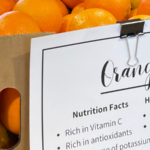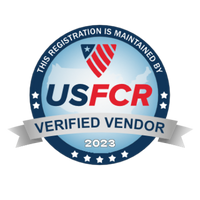4 minute read
First, a short history.
SNAP (Supplemental Nutrition Assistance Program), formerly known as the Food Stamp Program, is a government program that provides food assistance to qualifying low-income individuals in order to reduce food insecurity. In 1933, as a way to reduce the struggle farmers were having selling excess crop supply, the Federal government purchased these commodities and distributed them among under-nourished communities.
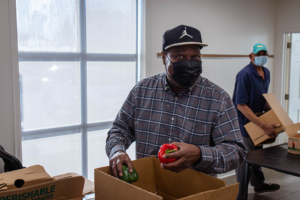
SNAP today
The program today has certain requirements for those who can receive SNAP benefits and Arkansas’ are among the highest. These barriers prevent many eligible Arkansans from accessing the important nutrition they need.
Answered in this blog:
- Barriers to SNAP
- How SNAP participants actually feel about the program
- How organizations like Well Fed that specialize in healthy food access are necessary while the system changes
1. Barriers to SNAP
(skip two paragraphs to look at the incredible stats)
Arkansas uses one of the strictest allowable asset limits for SNAP eligibility according to a report done by one of our local partners, the Arkansas Hunger Relief Alliance. They teamed up with local medical research organizations such as the Office of Community Health and Research at the University of Arkansas for Medical Sciences (UAMS) and the Center for Science in the Public Interest (CSPI) to interview SNAP participants and representatives from SNAP-focused organizations across Arkansas.
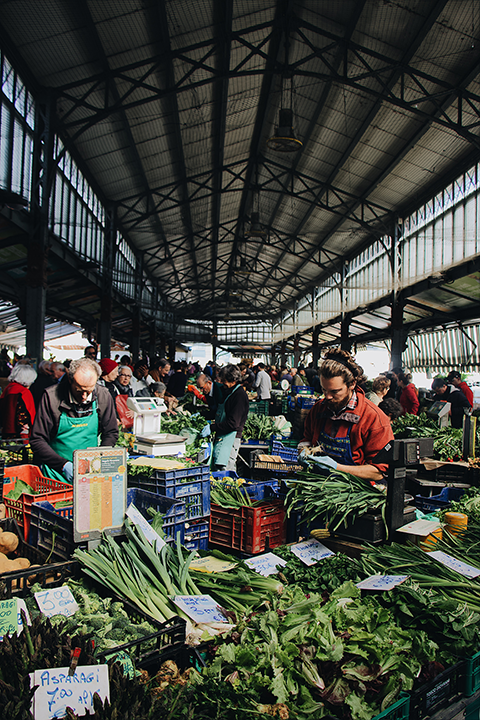
Their motive was to gather first-hand testimonies from actual SNAP stakeholders to learn the barriers to success in the program and come up with tangible strategies based on these stakeholders’ opinions and stories.
People in need do not use SNAP
Arkansas’ SNAP program provides assistance to over 330,000 individuals and has 2,808 authorized SNAP retailers. And although 330,000 is 11% of all Arkansans, only 66% of eligible residents accessed SNAP in 2018, compared to 82% nationally.
With 34% of eligible Arkansans living in need but not accessing government assistance and food insecurity levels in Arkansas climbing 5.2% since the pandemic started, the AHRA and UAMS set out to discover why.
What are the barriers and how do people feel about SNAP?
For the 34% eligible, what are the barriers?
1. Imagine your savings going to food
As stated above, Arkansas has one of the strictest allowable asset limits for SNAP eligibility. That means they either can’t save in order to qualify for the program or they use their savings on food. Participants surveyed said this discourages saving among eligible participants.
Some other barriers mentioned by SNAP community stakeholders…
2. Child support
Survey said Child support enforcement requirements were a factor, which research suggests only harms the children who wouldn’t receive the food difficult application process
3. Negative stigma against SNAP users.
4. Amount of food and frequency of when participants receive it
One SNAP stakeholder said:
When you got to stretch [your benefits] you will buy the cheapest thing. It’d be bologna, hot dogs, you know, a lot of processed foods […] because you’re trying to stretch your stamps out for the end of the month.
SNAP encourages unhealthy eating
The current SNAP benefits could be indirectly encouraging unhealthy eating habits and, ultimately, the high percentage of diet-related illnesses in Arkansas. No one is causing it specifically, however, participants feel like the only reasonable method to make their government assistance last is to purchase unhealthy, cheap food.
Interviewees brainstormed ideas to solve it. Increasing the amount of given and frequency was mentioned, however, passing such legislation would be difficult. Also, without an accompanying education component, their diet is unlikely to change.
They are encouraging healthy eating, too
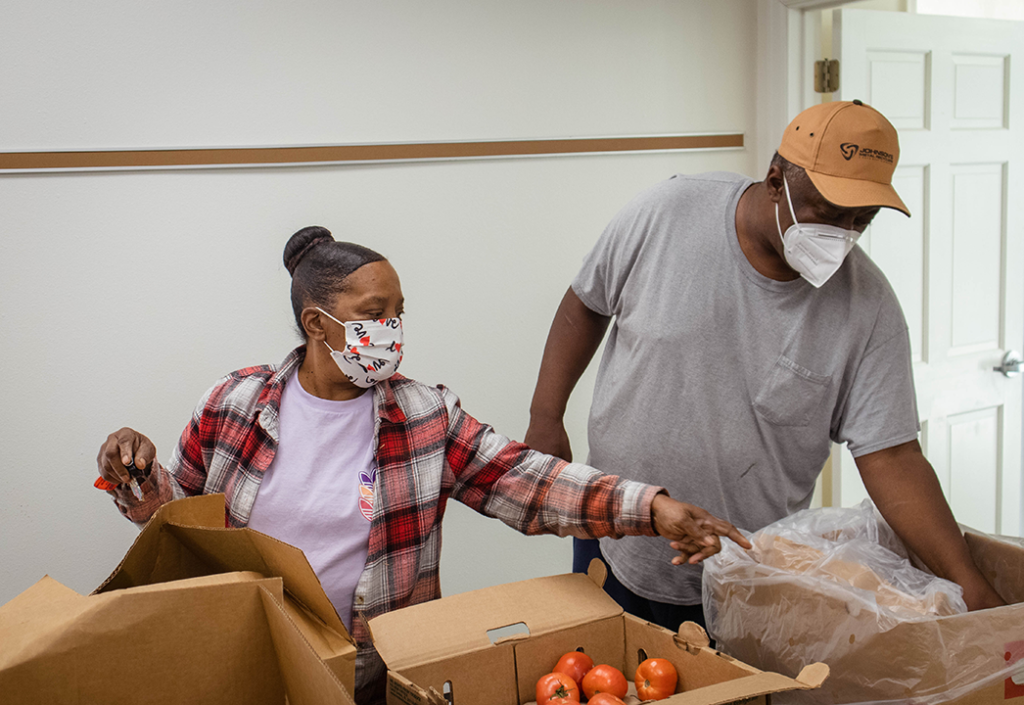
There are parts of the program that encourage eating healthy.
The Double Up Food Bucks program encourages participants by matching up to $20 for every dollar spent on FFV (Fresh fruits and vegetables) at participating locations.
Participants did express opinions that the program needs to be more widely advertised because not everyone knows it exists.
Many FFV vendors are at farmers markets, which helps the local economic growth.
This, however, can be a barrier for participants who:
- Can’t go to these markets
- Feel embarrassed to use EBT (Electronic Benefits Transfer)
- Don’t feel like they fit in with the clientele of the market.
There are thoughts on expanding eligible locations to supermarkets and even pick-up or delivery to eliminate this barrier.
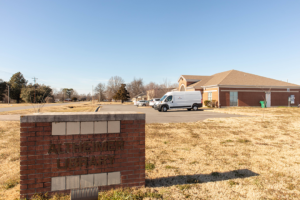
How Well Fed is necessary while we wait for change
SNAP is a very important program to help people in need and Well Fed was never meant to replace it, simply compliment it. The AHRA did this study intentionally to improve on a system that needs a refresh. Until legislation can improve SNAP benefit access, distribution, and improve incentives for eating healthy, Well Fed will be in communities in Arkansas where SNAP eligible participants live.
52% of our mobile market participants in low-income communities are not accessing SNAP benefits and 80% of our participants in a post survey said they needed continued assistance to access the healthy food they need.
Oh, snap! Clearly there is still a great need. We will be there for years to come to help supplement their diets with highly nutritious food and compliment the food assistance programs some currently use.
This blog is a synopsis of the whole article that you can find here.
If you or someone you know would like to apply for SNAP Benefits, please go to the Divisions & Shared Services website to learn more.
Unsplash / Mael BALLAND & Pascal Bernardon
Article by Peter Heil, Development Director
Sign up for our newsletter to see more content like this
Subscribe



